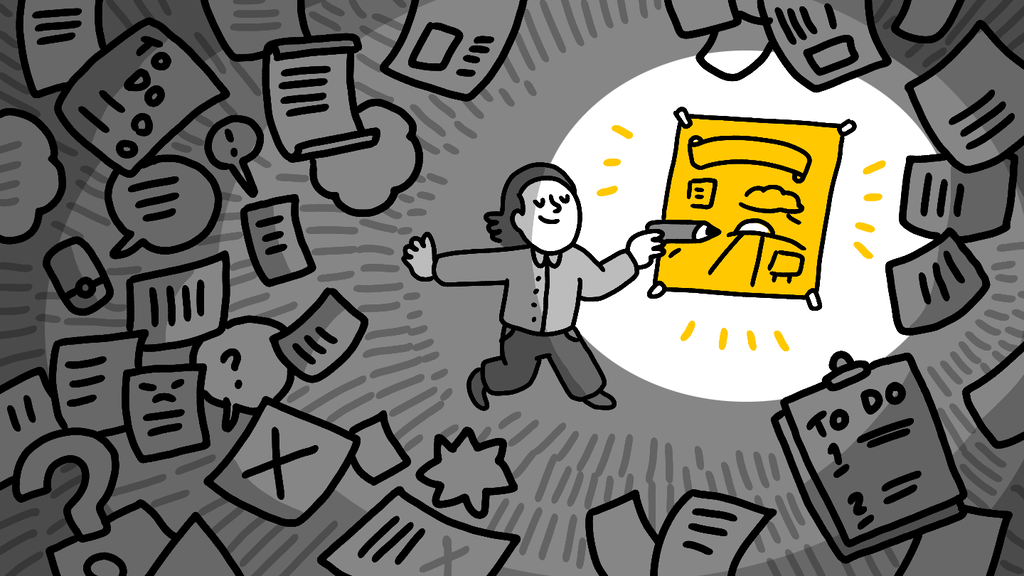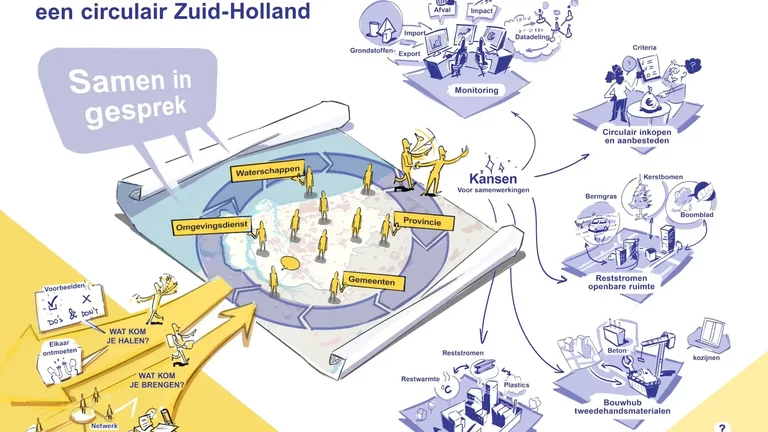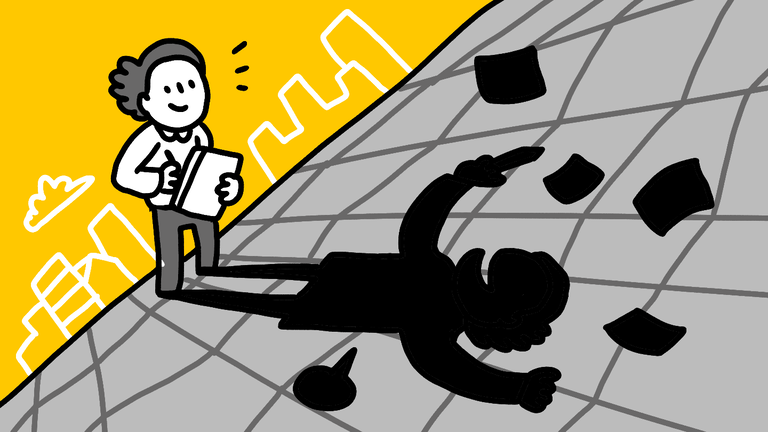Getting a grip on the future: three exercises for clarity in times of pressure
Yet there are a number of techniques that, especially in times of busyness and chaos, can broaden your outlook. They help you and your team to dare to look to the future. By making time for this, you create focus and clarity after which you can move forward in leaps and bounds! We have listed a few of our favourites for you.

1. Make a visual overview of your current situation and your future
The great benefit of this exercise is that you use visual thinking to empty your head, and then reflect. Indeed, working visually makes it easy to keep your attention. Use Post-its to make an overview of, for example, trends, developments, objectives, ambitions and commitments within your organisation. This helps to oversee the entire context.
Then look at all the Post-its that have been stuck up. Is it perhaps not so bad after all? Or are you getting overwhelmed and there are actually too many pans on the fire? We often find that once we start working visually with ‘chaos’, we come to an overview much faster. A great follow-up to this technique is to get started with prioritising. This way, you take a first step towards the future and turning it into actions. You will find that by taking a step back and slowing down for a moment, you can look at your own future with more peace of mind.
2. Design your own worst competitor
Do you have an idea of what is coming your way, but lack a sense of urgency in yourself or others? Then negative brainstorming can open doors for you. The “Nightmare Competitor” is a methodology where you brainstorm about a fictional competitor who does everything just a little bit better, smarter, more fun and cheaper. Did you know that our brains can invent problems more easily than solutions? The insights you gain this way can be turned into actions and ideas you can take up yourself in your organisation!

3.Use scenario planning to make your future imaginable
Is there a lot coming at you (organisation), but do you find it difficult to get a grip on all the uncertainty? The trick then is not to hide away from the uncertainty, but to jointly form a picture of the future and all the possibilities. And that helps to make clear choices.
Imagine you have a large drawing sheet. Draw two lines that cross in the middle. These are your axes. On each axis you put two extremes. For example: on one side ‘many rules’, on the other ‘few rules’. Vertically, you can choose something else, such as ‘low income equality’ and ‘high income equality’. Now you have four boxes, each with its own combination.
In each box you draw or write what might happen if that combination becomes real. What does it mean for your organisation? How would you react? Different departments can prepare for the possible scenarios.
The great thing is that everyone in your team can participate. That way, you get lots of ideas and insights. But, beware: scenario planning takes time. You have to think carefully and sometimes collect a lot of information. And the factors that might affect the scenarios can change quickly, so your plans also need to be updated regularly.
Set aside half an hour or an hour of your time to get started with these techniques. You will see that you will then be more calm and see clearly again what is really important to take up. And don’t forget the occasional walk or game of table tennis with colleagues. While this may feel unproductive, your brain will get to work solving challenges in the meantime. After this, you’ll be back at your desk with new ideas and solutions!
Want to know more about using visual thinking for your organisation?
Nanne is happy to help, send her a message.
ContactVisual Strategist



